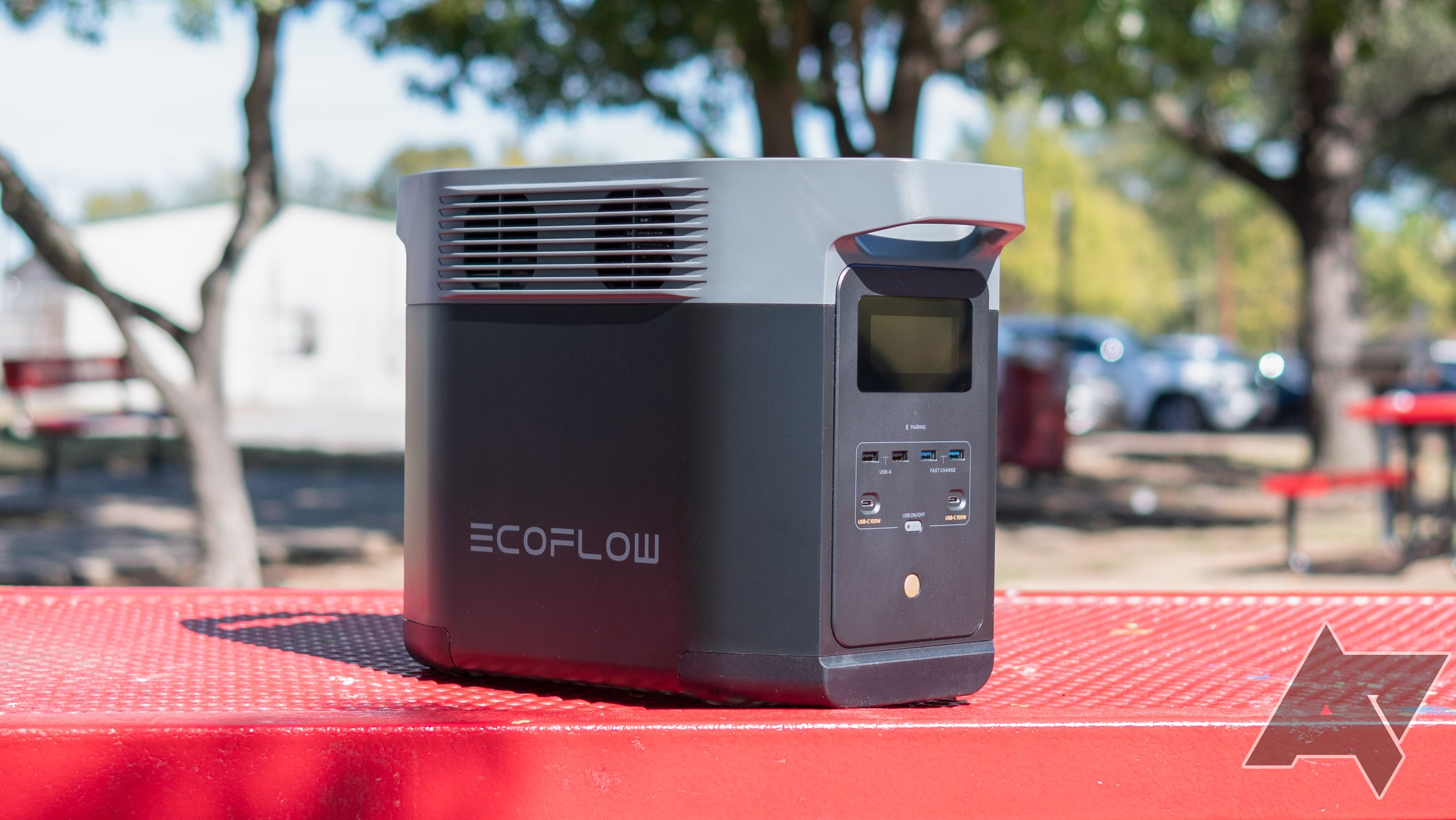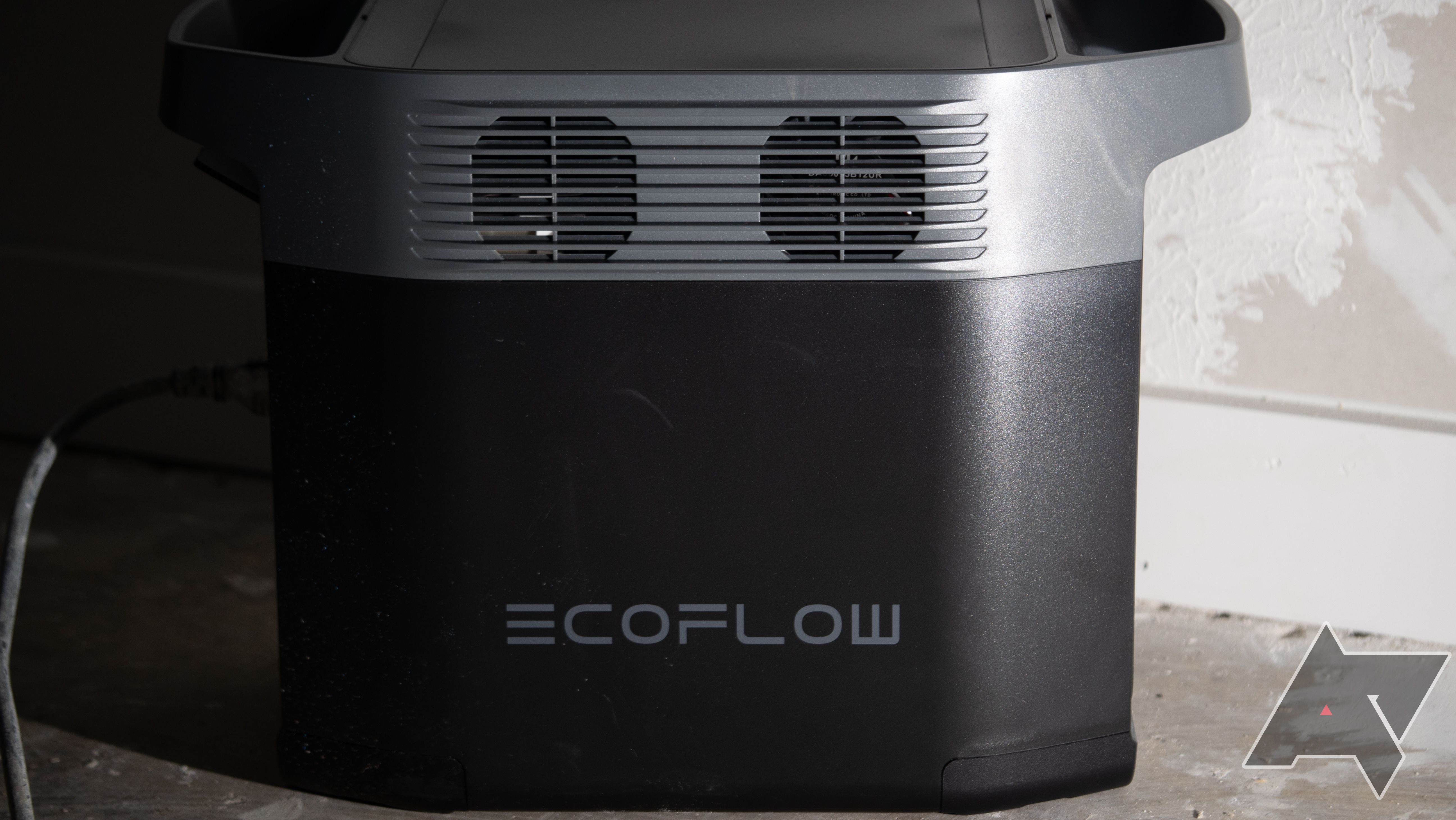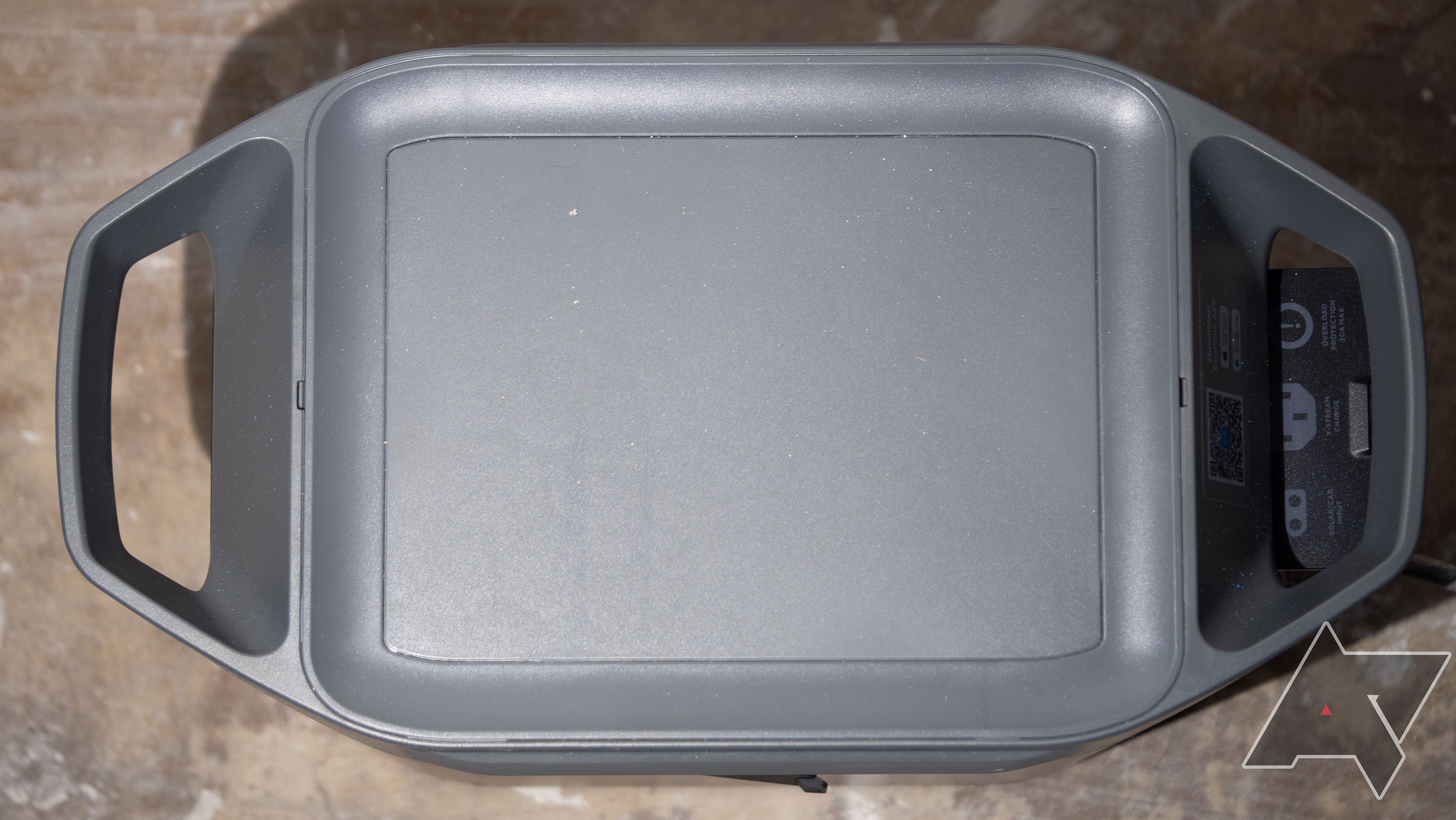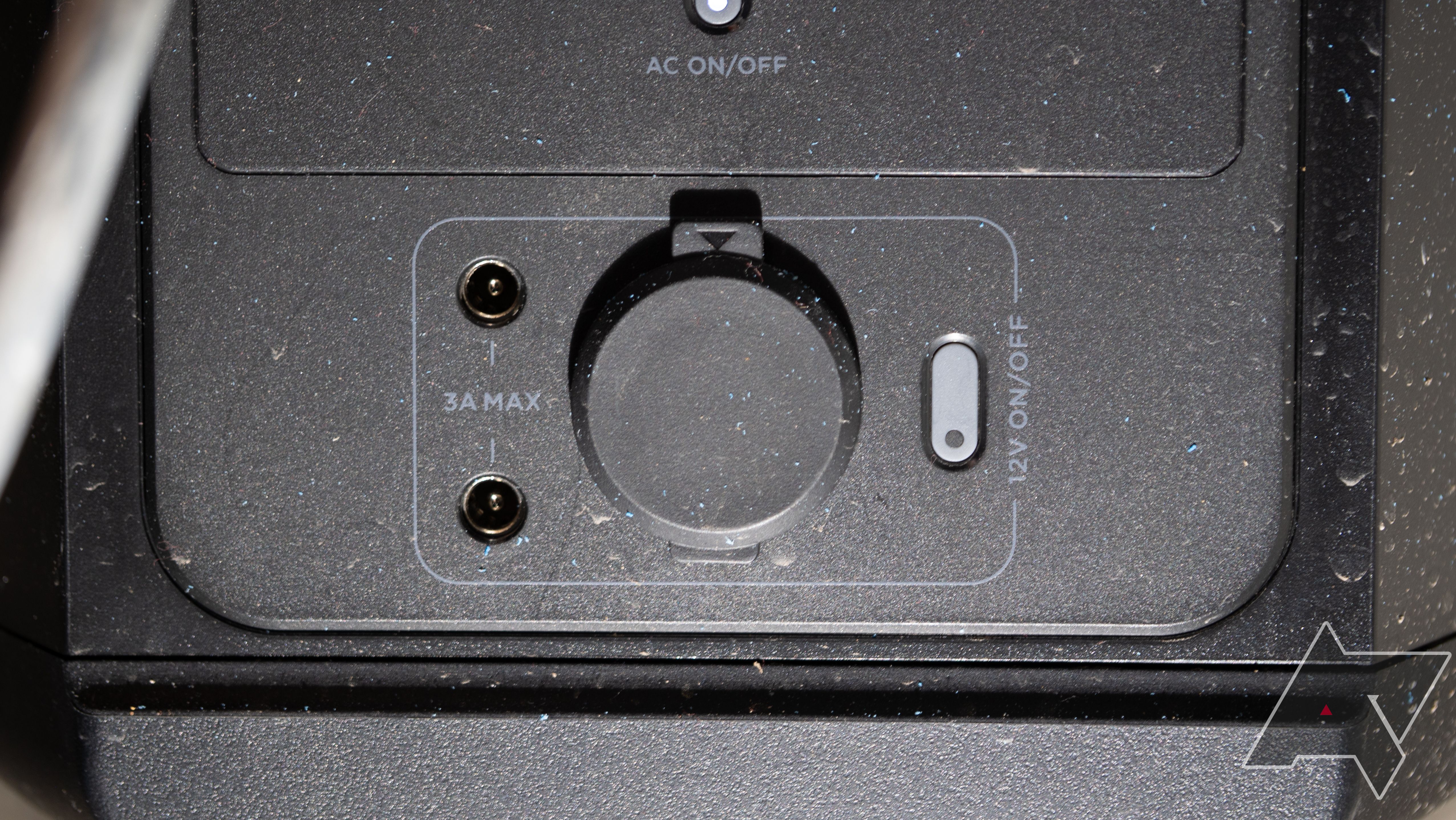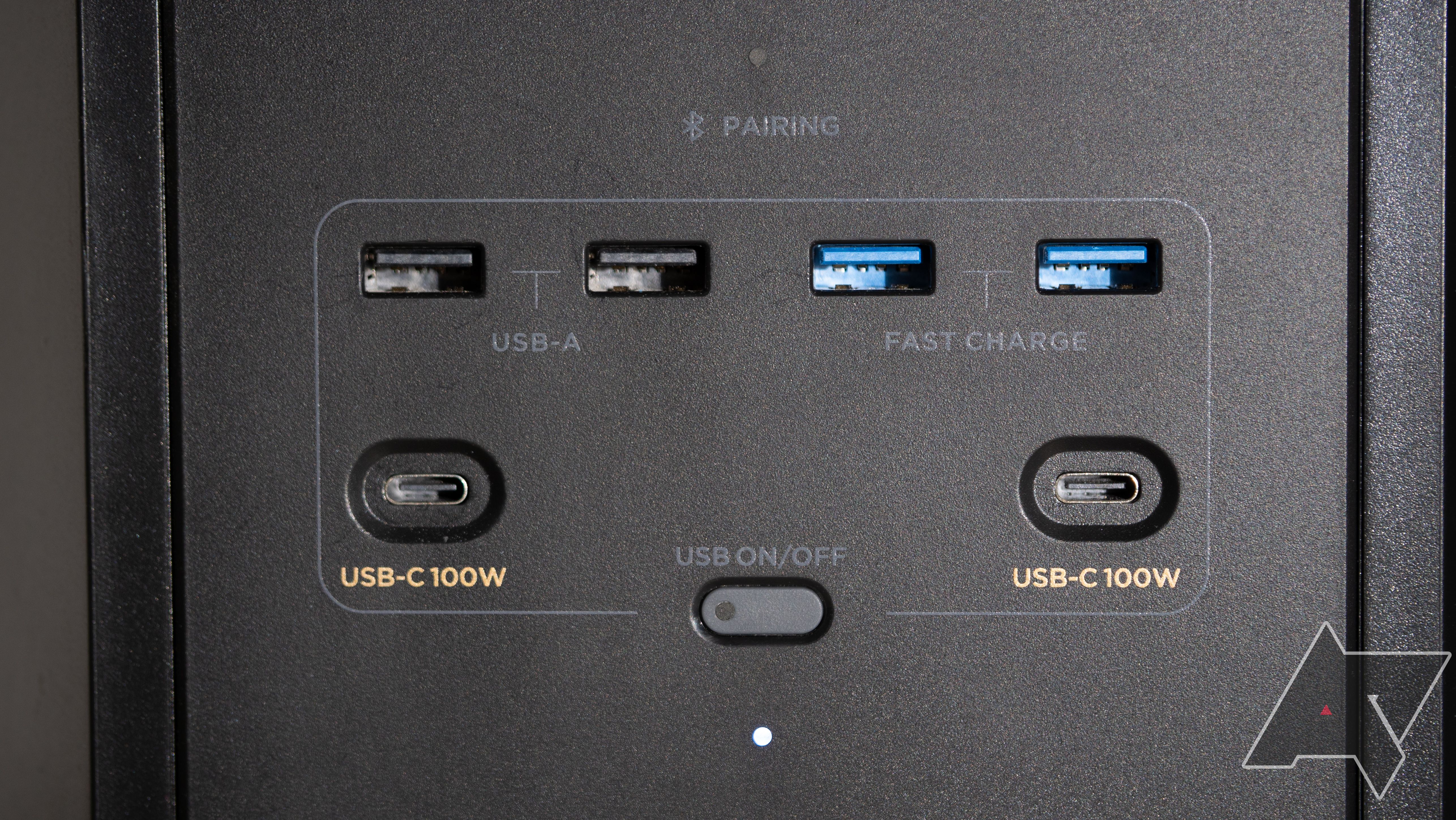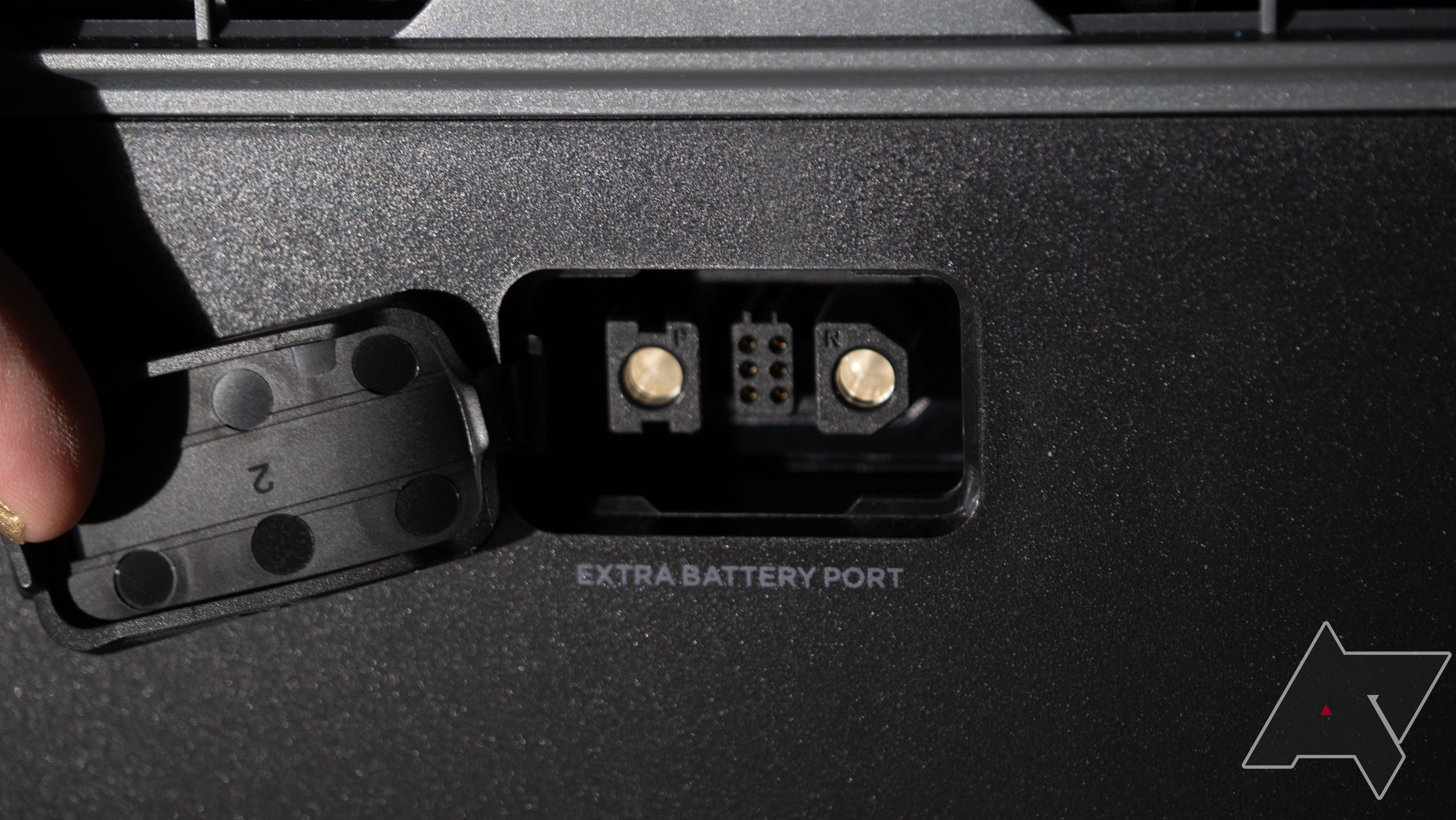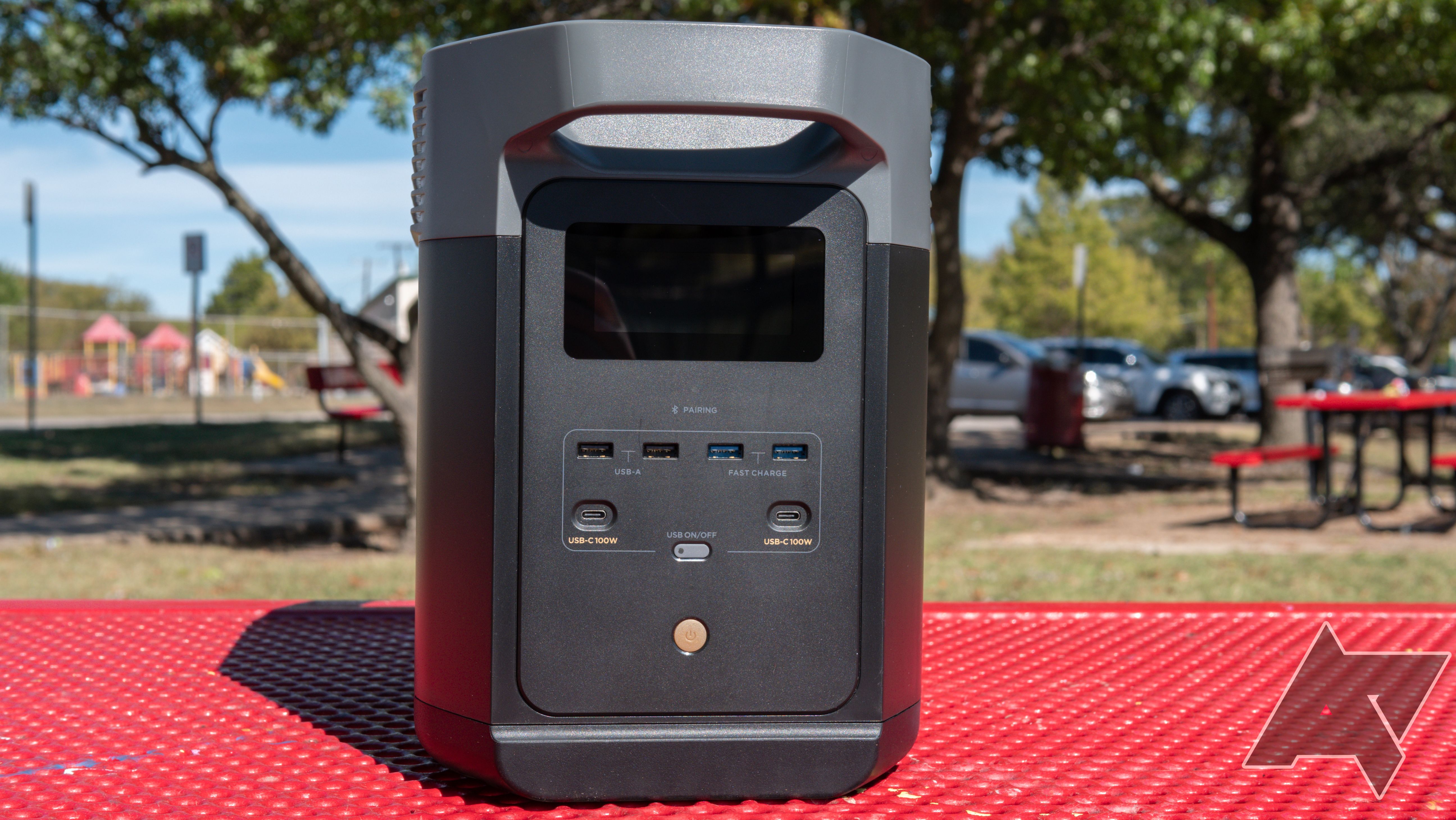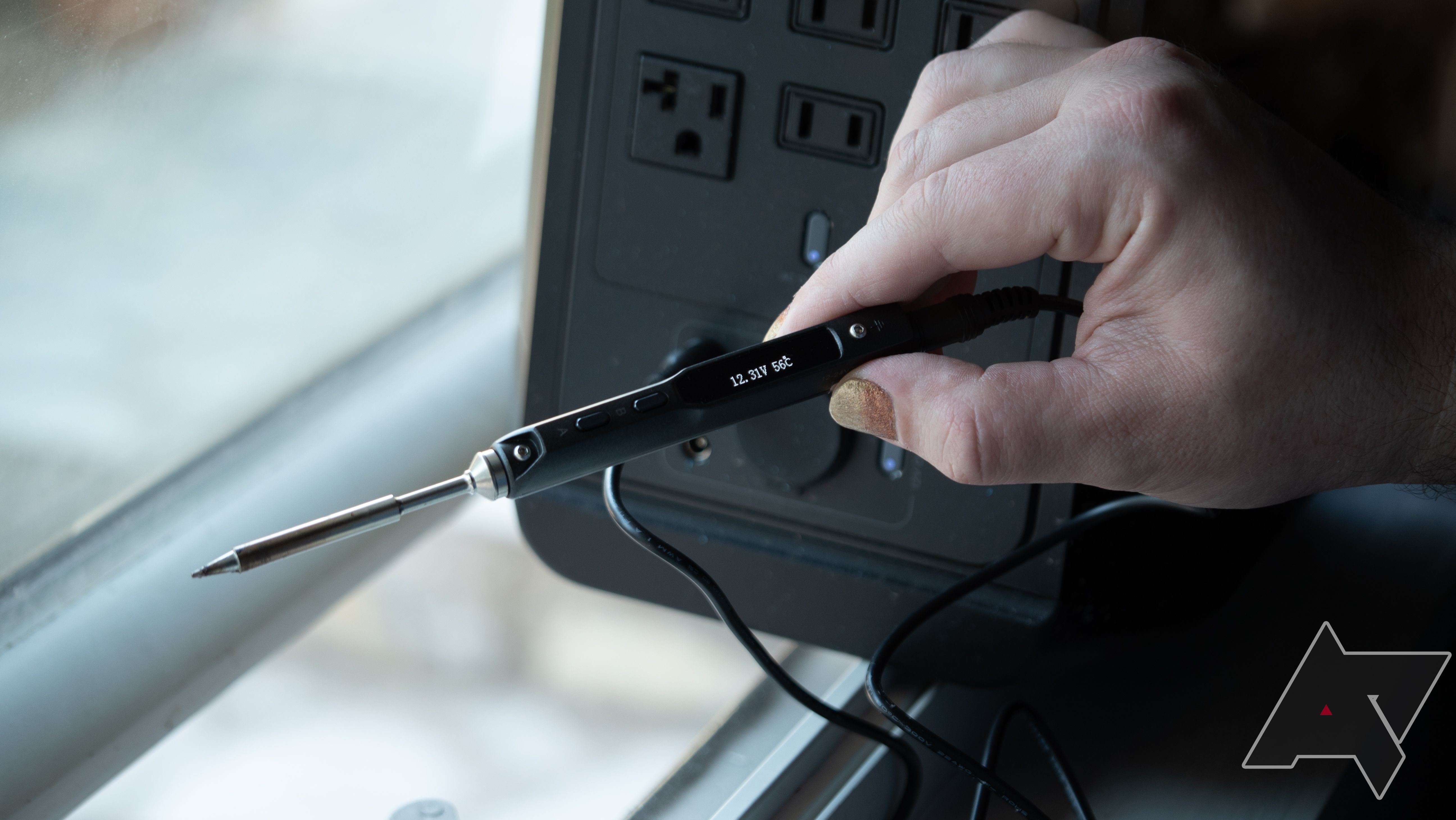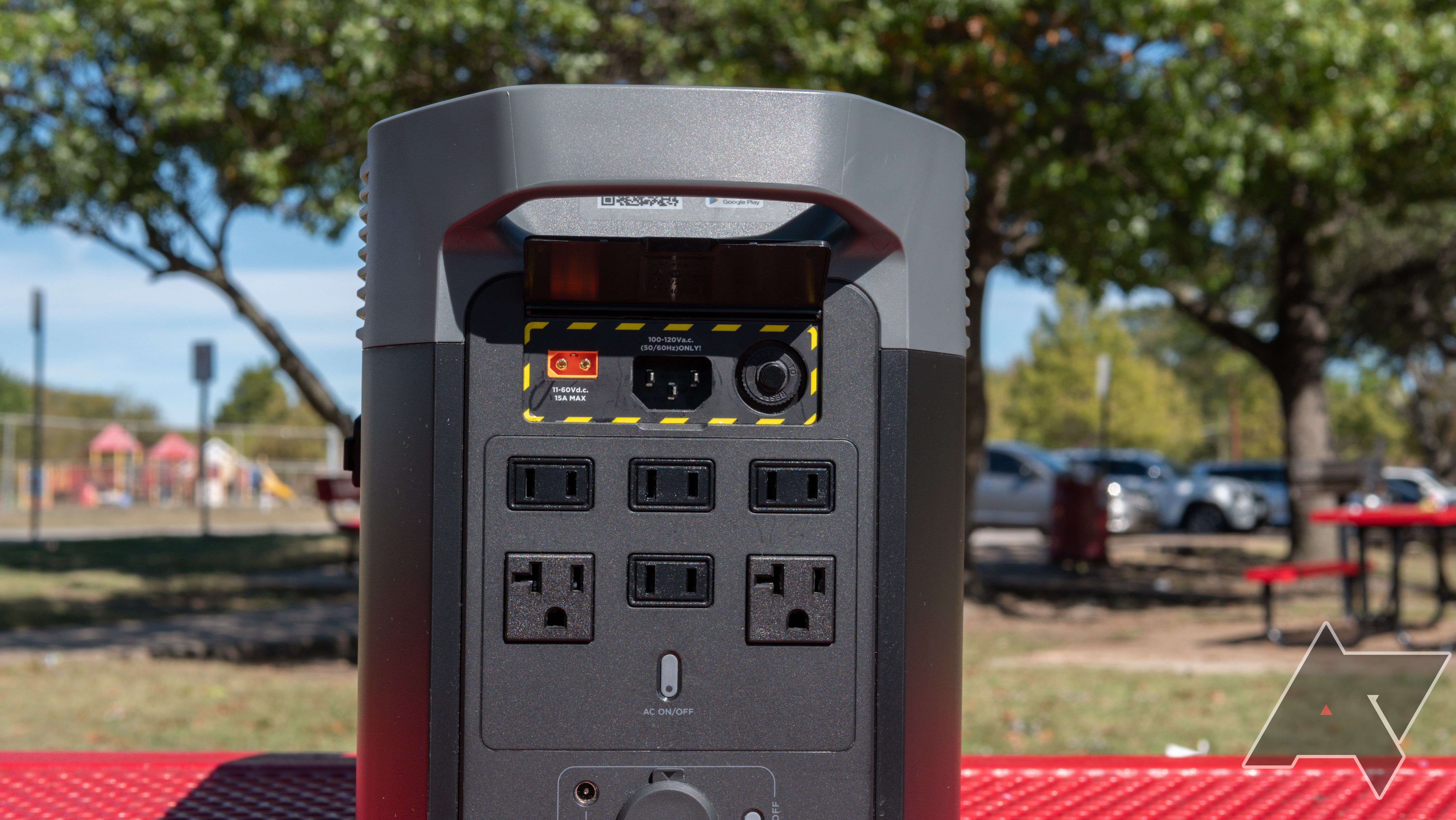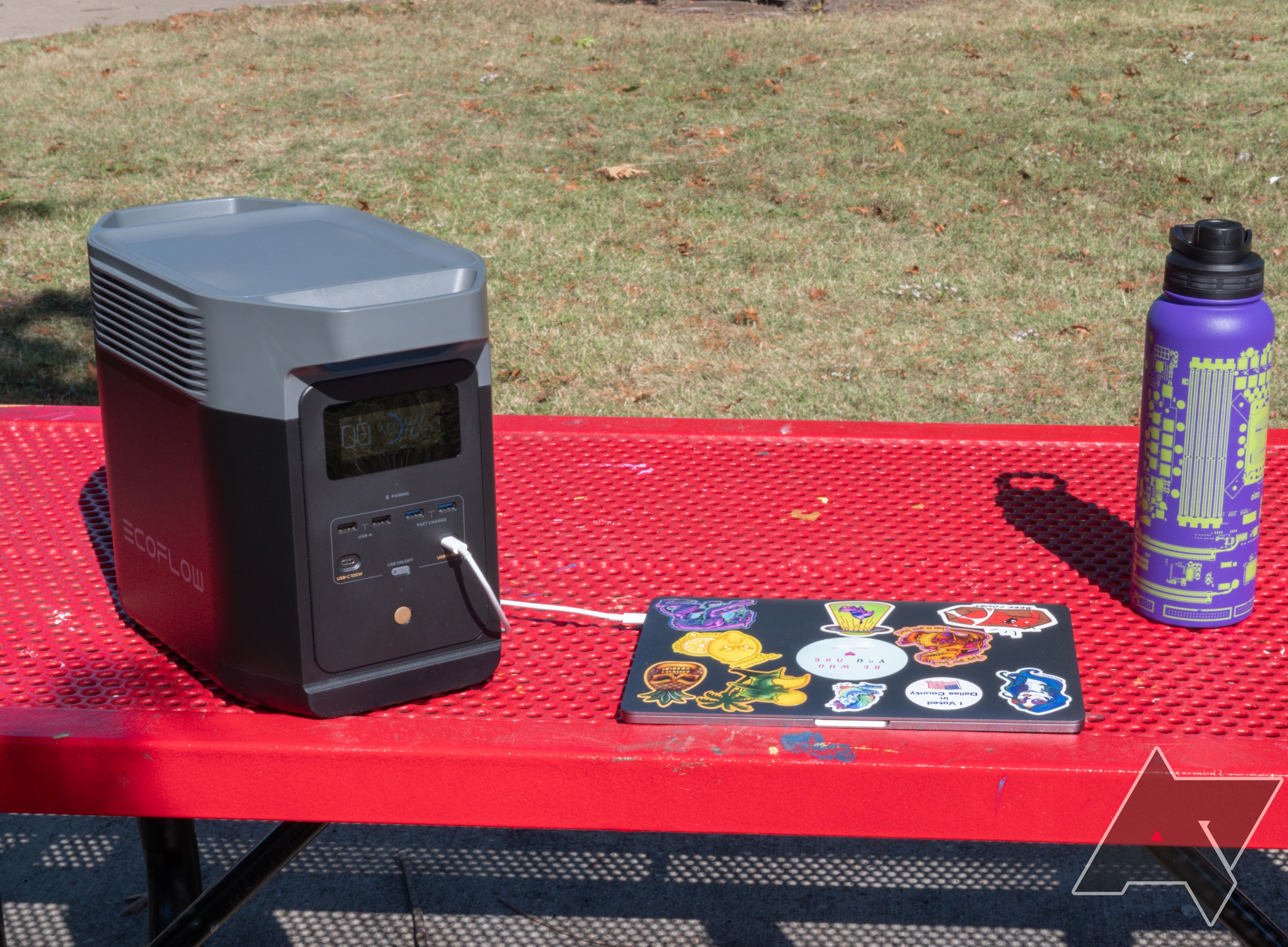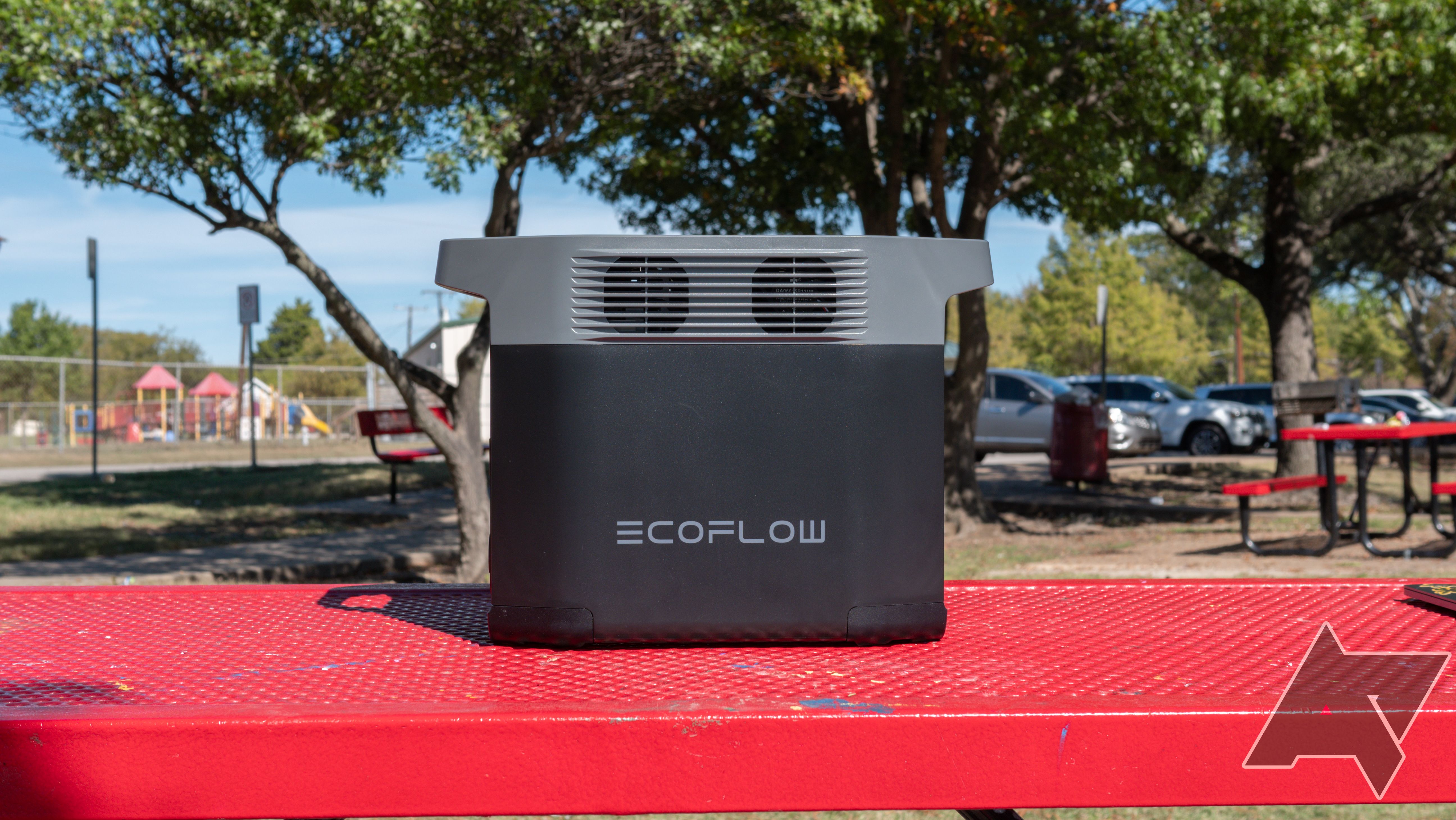Ecoflow is no newcomer to the portable power station market, and the Delta 2 shows that EcoFlow isn’t just going to sit back and rest on its laurels. The original Delta power station was great but had room to improve. While it has a slightly reduced capacity compared to the original, the Delta 2's price is also lower at $1,000. That may sound like a lot for a battery, but looking at other big players in the space, like Anker or Jackery, makes it clear that the Delta 2 is actually priced fairly competitively.
Even with a reduced capacity compared to its predecessor, the Delta 2 still packs over 1000 Wh into a reasonably small footprint and has a borderline ludicrous 1800 W just in continuous AC output. It does this all while staying relatively light at 27 lbs.
And, thanks to its LFP batteries, it’s even rated for 3000 charge cycles. So, whether you need portable power for projects, camping, or as an emergency backup for something like a CPAP, the Delta 2 has a lot going for it.
Ecoflow Delta 2
The EcoFlow Delta 2 is a flexible power station with lightning-fast charge speeds and ludicrous peak output, all at only 27lbs. If you need more juice, you can either double or triple the capacity with an additional battery from EcoFlow. That expandability comes in handy since, with 15 outputs and a maximum output of 2200W, you can drain the entire 1024W battery in less than half an hour.
- Weight: 27lbs
- Size: 15.7x8.3x11.1 inches
- Capacity: 1024 Wh
- Maximum Discharge: 2200W AC+DC+USB
- Maximum Charge: 1200W
- Output: 1800W AC (2700W surge)
- Lifecycles: 3000 charge cycles to 80% capacity
- Battery Type: LiFe PO4
- Solar Charging: up to 500W
- AC outputs: 4x2-prong, 2x20A grounded 3-prong
- USB outputs: 4xUSB-A (2x18W), 2x100W USB-C
- Relatively lightweight at 27lbs
- Easy to carry single handed
- Expandable capacity through the Extra Battery port
- Great output power for the size
- LOTS of outputs
- 500W solar charging rate
- LiFe PO4 cells rated for 3k+ charge cycles
- Super fast 1200W AC charging
- The two-sided design may not work for your use-case
- The 1024W capacity may not be enough for you
- The Delta 2 extra battery costs $800, Delta Max extra battery is $1,200
- It’s hard to max out the solar charging rate
Ecoflow Delta 2: Design, hardware, what's in the box
For anyone familiar with the original EcoFlow Delta, very little has changed. The Delta 2 has the same body, a pair of handles at the top, and cooling vents towards the top of both longer sides. What's changed from the last model is the layout of all the inputs, outputs, and the display.
Each set of outputs still has its own on/off button for power-saving reasons, and there's still a master power switch, but the most significant change here is that the only port left on any of the longer sides is the battery expansion slot.
From top to bottom, on the first short side, you'll find the display, the Bluetooth status light, your USB section with 4 USB-A ports (two of which are 18W fast charge), two 100W USB-C ports, the button to enable the USB ports, and the master power button. The other side has the solar/car input, IEC power port, and surge reset button behind a cover. Continuing down are the 6 AC ports with a split of four 2-prong and two 20A 3-prong outlets, the AC power button, and three 12V outputs.
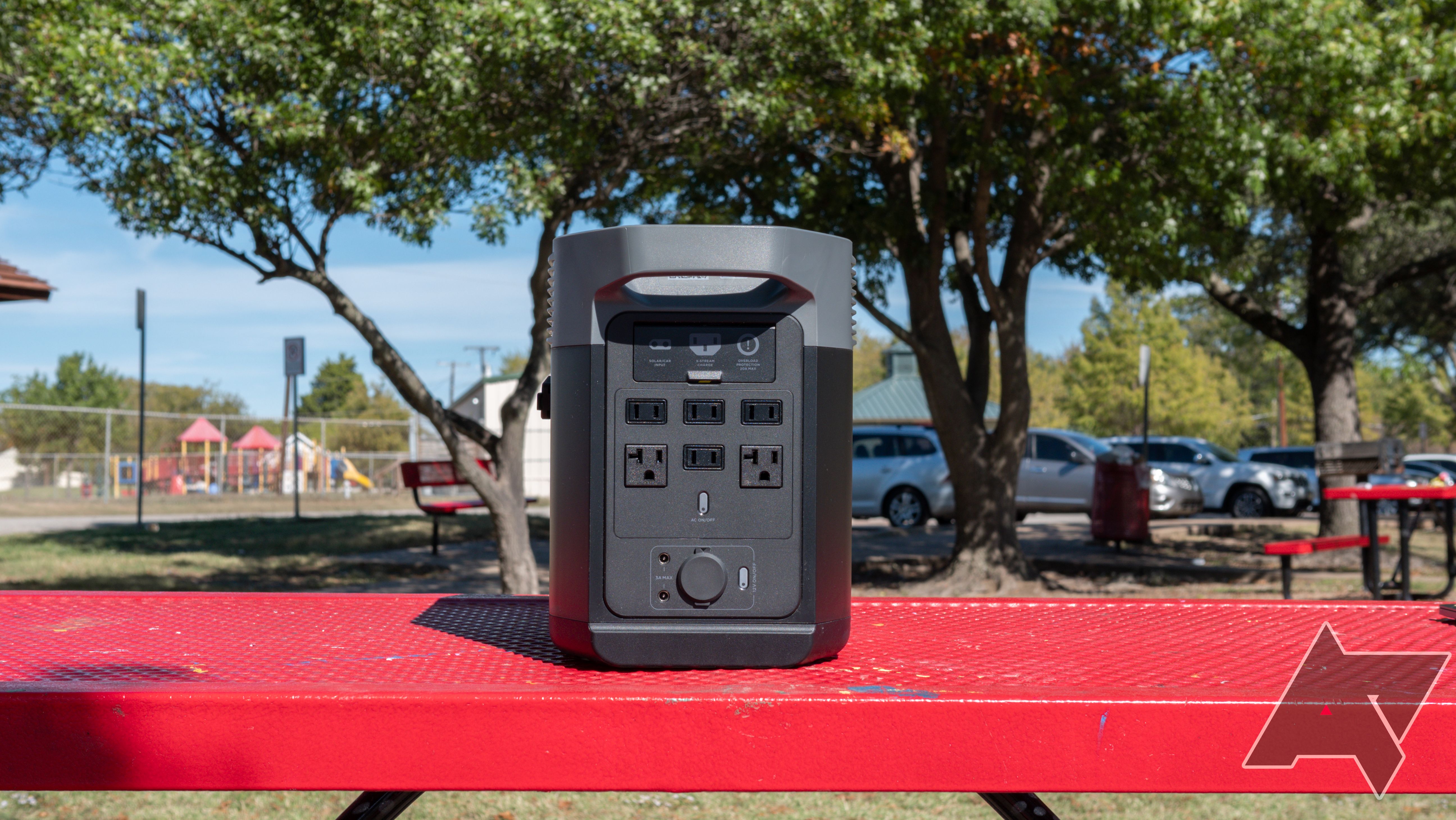
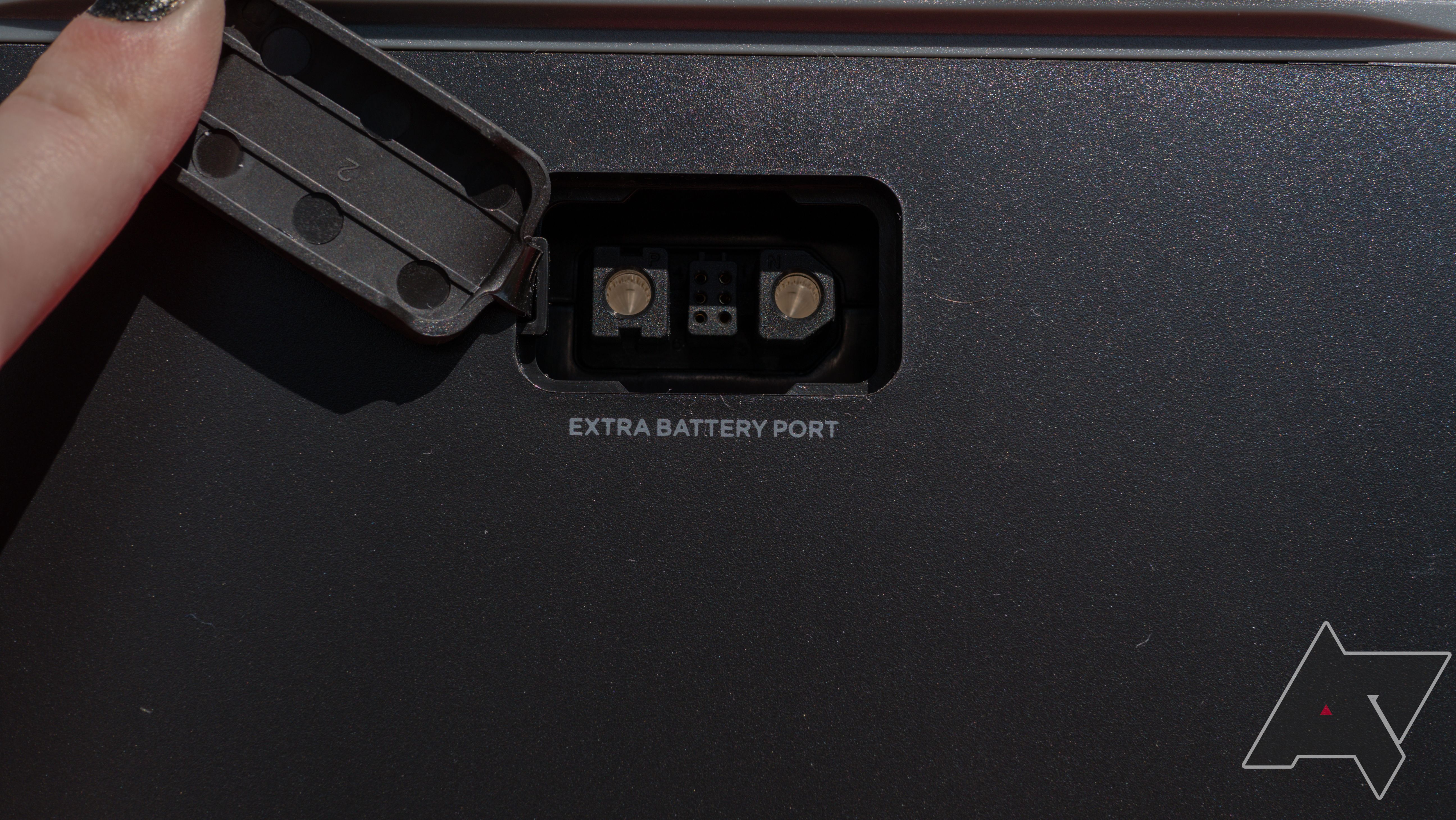
With an absolutely ludicrous 1800W AC rating, the EcoFlow Delta 2 is practically a house circuit you can carry in one hand. That 1800W is just the AC outlets, too. Once you include the USB and DC ports, you're looking at 2200W of output on the go. The Delta 2 won't last very long doing that, though.
While the 1024 Wh capacity isn't particularly low, the Delta 2 can run dry in about half an hour when you max out the power draw, so don't expect it to perform miracles if you have a blackout and need to recharge your Tesla.
One of the big draws of the EcoFlow Delta line is how expandable it is. This expandability comes with some tradeoffs, though. It's a huge help for building your battery setup piecemeal if your budget is holding you back. However, the built-in hardware that makes that possible isn't free, so you end up paying a bit extra for that feature even if you never intend to use it. If that's what you're after, though, the Delta 2's 1024 Wh capacity can be doubled or tripled for $800 or $1,200 with the Delta 2 or Delta Max add-on batteries, respectively.
The cables to connect the extra batteries or solar panels are included with those accessories, but you still get a couple of cables in the box. Along with the AC wall-power cable, there's a car 12V to XT-60 cable and a DC5521 to DC5525 male-to-male cable. So, if you forgot to top off the Delta 2 before you went camping and have a slog of a drive ahead, getting some charge on the way can be a lifesaver. While I don't know exactly why EcoFlow threw in this particular DC barrel cable, it happens to be the same one my soldering iron uses, so I guess that's a win for me.
Ecoflow Delta 2: Charging and performance
Plugged into a wall outlet, the Delta 2 pulls 1200W to recharge, making it go from empty to over 80% in under an hour — although a full charge takes almost an hour and a half. Just as important are the appeals of solar charging, however, and the up to 500W of solar charging makes the Delta 2 no slouch. Much like the Anker 757 Powerhouse, which only supports up to 300W of solar charging, you'll use the XT-60 port on the Delta 2, found next to the AC plug.
Like all high-end power stations on the market, you can also bundle the Delta 2 with solar panels. The EcoFlow solar panels are on the pricey side, but not a terrible value compared to others. Most foldable panels run about $300 per 100W, and the panels you can bundle with the Delta 2 clock in at 220W for $550 when bundled.
This isn't terribly expensive, but it does hurt the wallet a bit if you want to buy your off-grid power one piece of a kit at a time. On top of that, it also makes it oddly difficult to hit the top charge speed of 500W that the Delta 2 sports. EcoFlow does sell plenty of other panels, but not in a kit that makes it easy to take advantage of the impressive Delta 2 max charging speed.
Ecoflow Delta 2: How's the app?
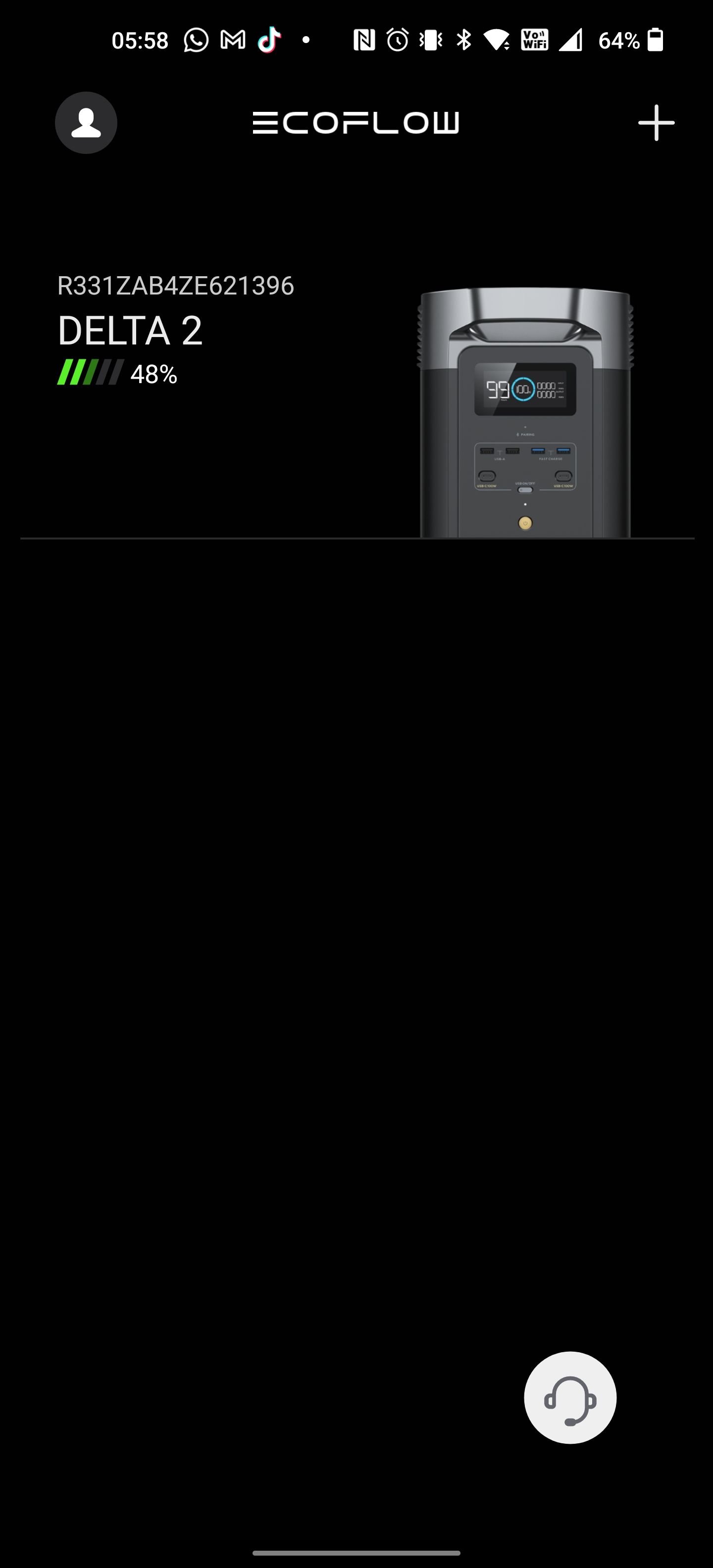
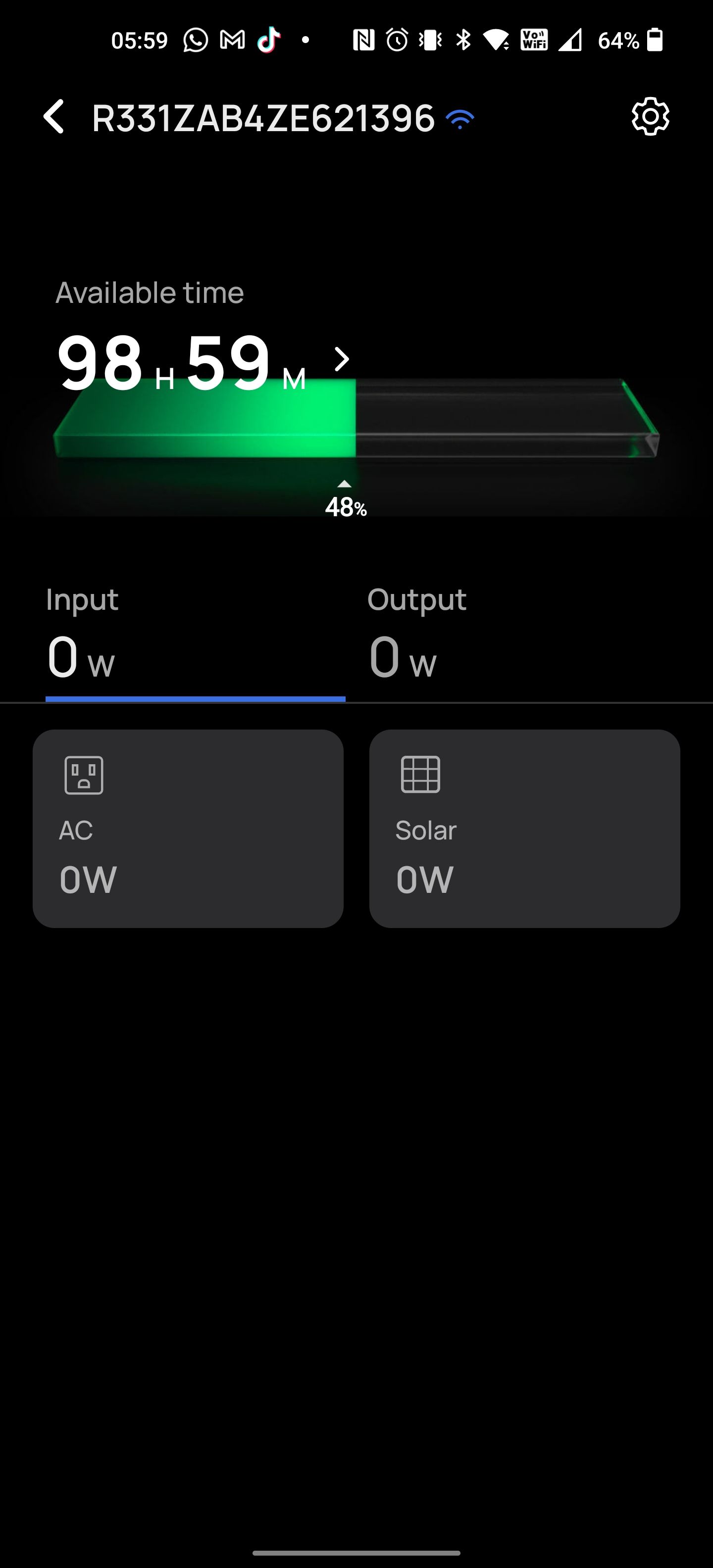
If you hate required apps with every fiber of your being (like I do), your blood vessels aren't in danger of popping today. App support was missing from the original Delta, so support is nice compared to the original Delta. Also, the EcoFlow app is easy to set up and use with the Delta 2, and while there are some benefits of having it, the app isn't required.
After the quick start guide takes you through the app setup, you'll be able to connect to the Delta 2 over Wi-Fi or Bluetooth. The interface is relatively straightforward, with the battery level of any connected EcoFlow devices on the main page, and more monitoring and control options once you select a device.
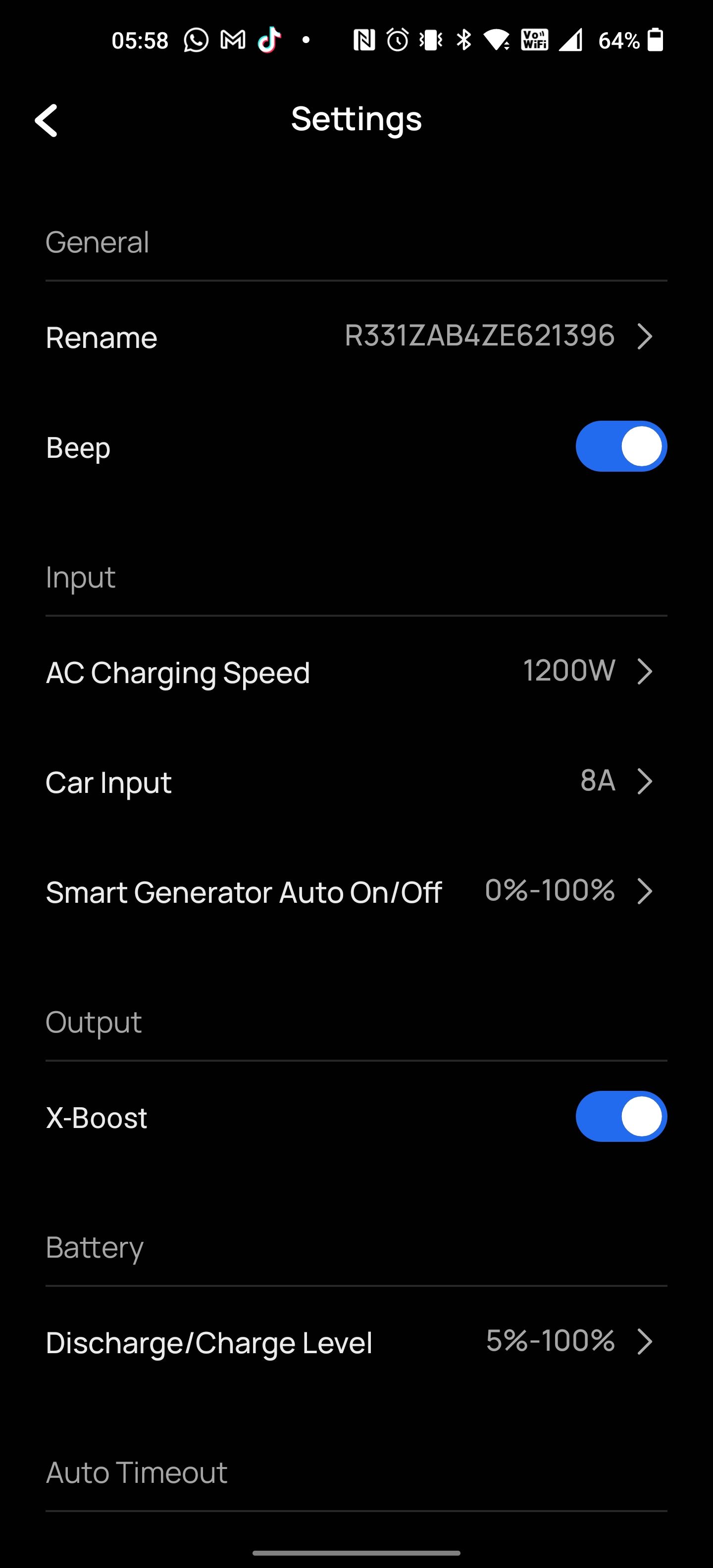
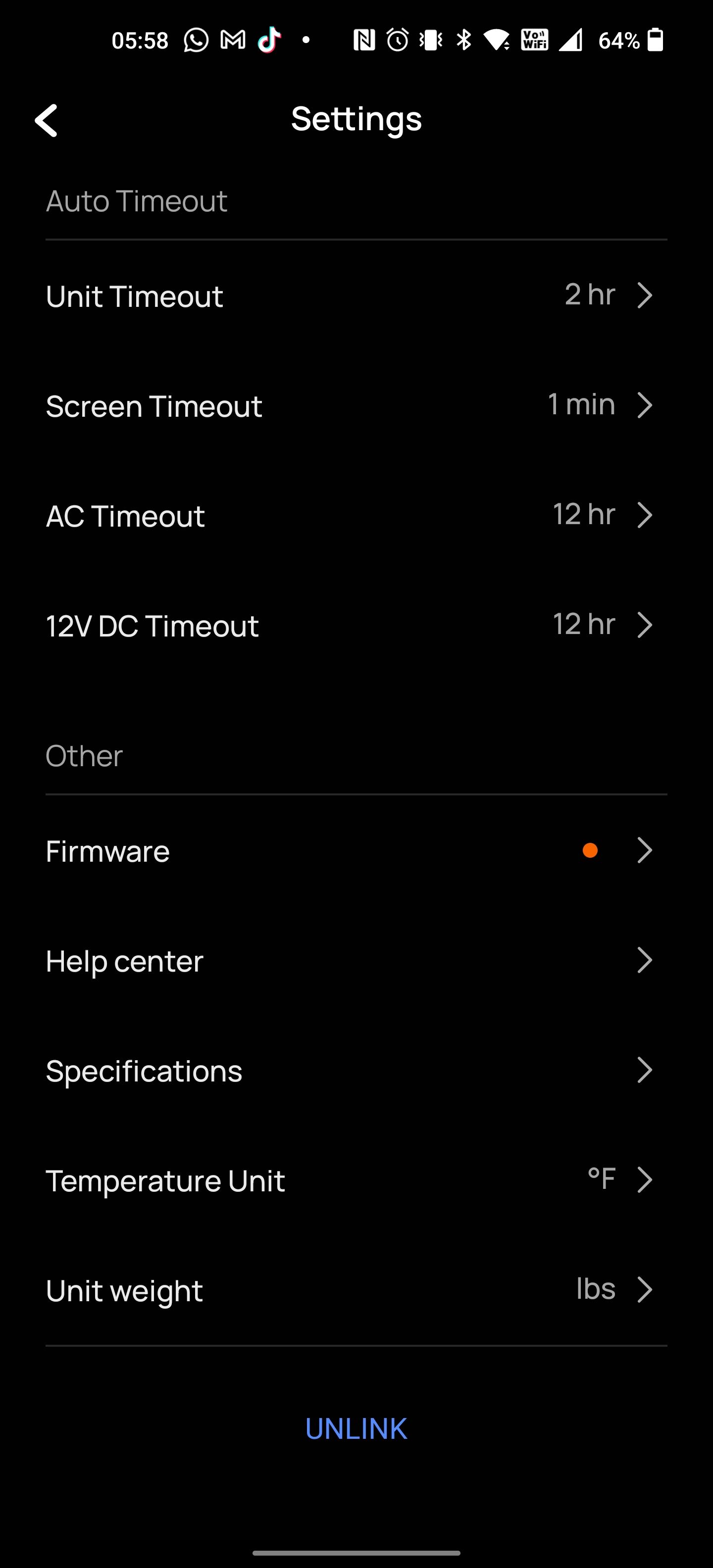
From there, it's easy to do things like check the charge and discharge rates and cut power to any of the segments or even the whole unit. While you can do all of that by looking at or touching the Delta 2, one thing the app lets you do is change the charging speed. There are plenty of reasons to want that, but it's far from a required feature.
Ecoflow Delta 2 review: Convenience and usability
The Delta 2 has been a massive help with my weekend projects. Between needing power far from an outlet and doing messy work that I'd rather do as far from an outlet as possible, there's a serious convenience factor. If you've ever had to use a wet tile saw, you know how messy the slurry of water and ground stone is and how much the blade loves to fling it.
Not exactly a fun thing to clean up, so being able to do it wherever I wanted without a 50' extension cord was a relief. On top of that, after an hour of measuring, cutting, trimming, and fine-tuning the cut tile edges, the Delta 2 ended up draining only 10% of the battery.
The combination of lightweight and massive power delivery made the Delta 2 more convenient than laying out extension cords. Setting it up as a recharge station at the end of the driveway made it fast and convenient to swap batteries out while building a new fence. Not having to route an extension cord made plenty of "fast" jobs actually fast.
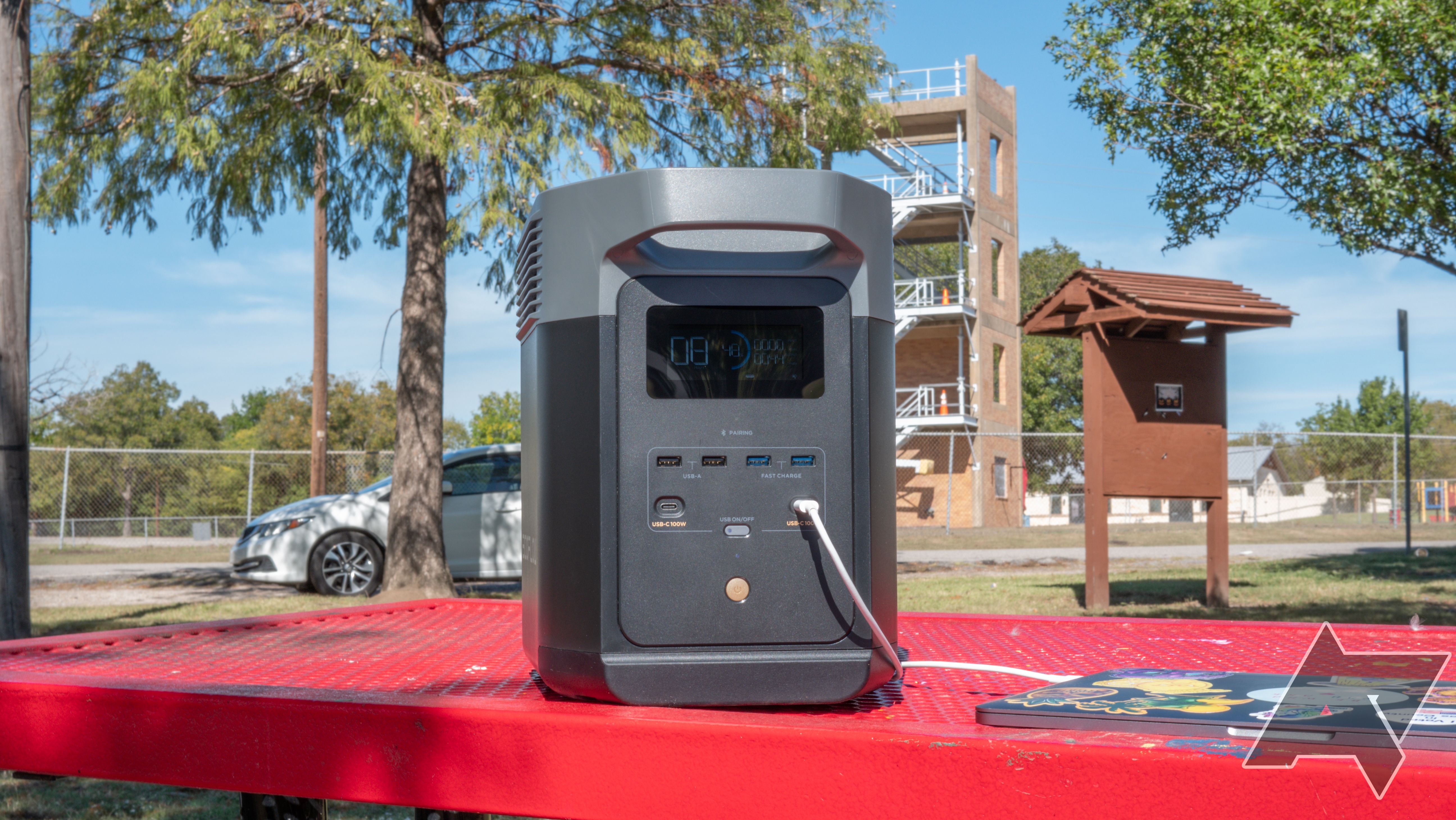
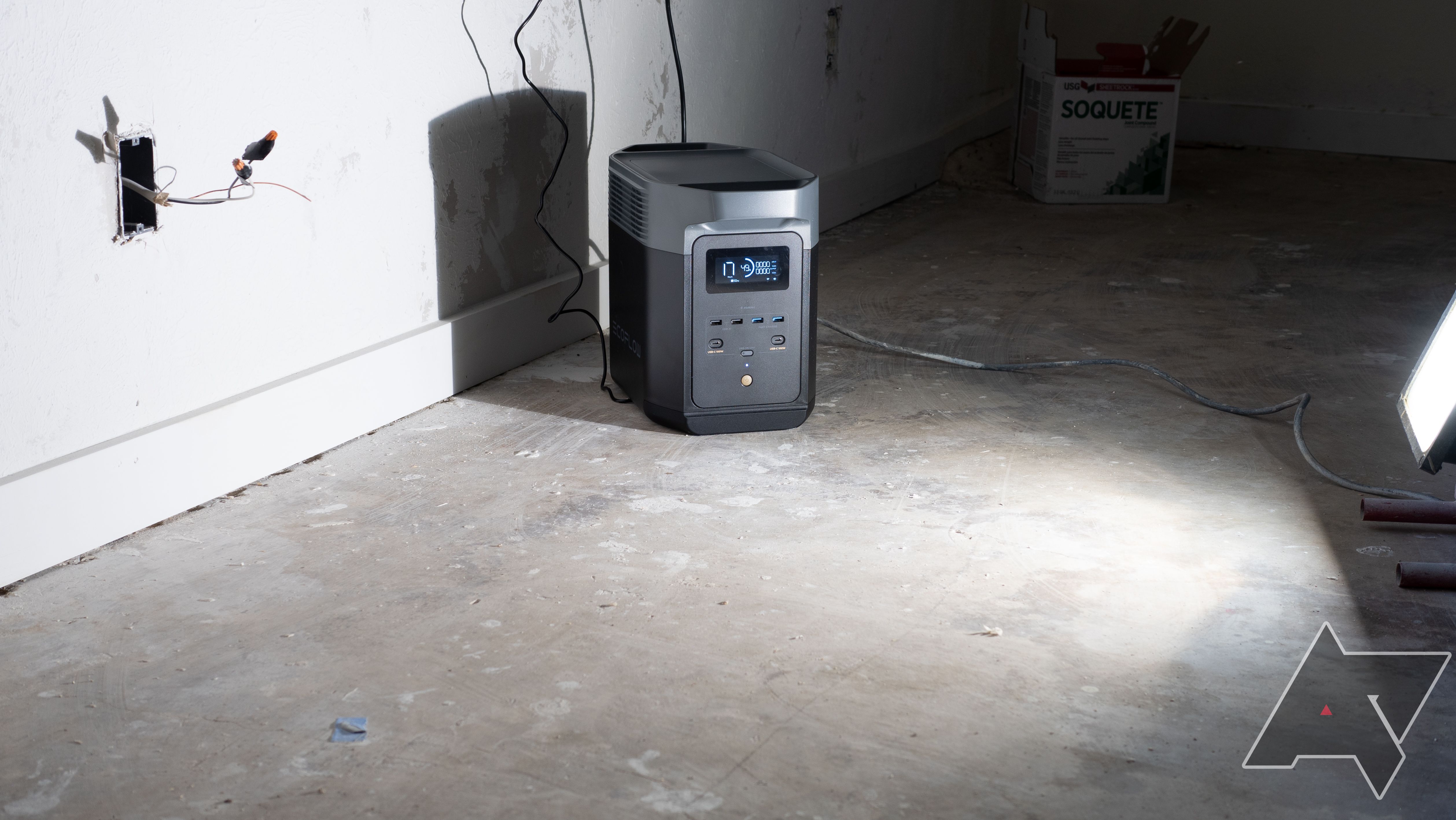
I had a few sharp screw tips that needed cutting off, and just gathering enough extension cords to make it out to them would have taken more time than it took to walk out and actually do the "two-minute" job in two minutes. That's not to say the Ecoflow Delta 2 is perfect, though. For one, I mostly used the AC power, which is on the opposite side of the master power switch and display. The power button is easy to find, so that's not the main issue, but it would have been a lot more convenient to have the power draw and battery life on the same side I was using.
Splitting the outputs and the display feels like a hassle at times, especially if you have things plugged into both sides and have to turn it around just to check how much charge you have left. The small fans get pretty loud and whiney, too. This isn't a huge issue for me, but if you're using the Delta 2 while camping, the fan ramping up might keep you awake at night.
Ecoflow Delta 2 review: Should you buy it?
You'd be hard-pressed to find a better power station for less. With as much wattage throughput as most home circuits, it's hard to think of anything you can't do with the Delta 2 power station. It's lightweight enough for most people to lug in one hand, small enough to fit in even the most crowded trunks, can recharge at a wall outlet shockingly fast, and the capacity can even be expanded if the 1024 Wh isn't enough for you.
Of course, it's not the fastest at solar recharging, and putting half the outputs on opposite sides from each other is a bit frustrating, but even those issues don't make the EcoFlow Delta 2 a bad purchase.
Buy it if…
- You need portable power that's light on weight but not on output
- You want a large battery system you can buy à la carte
Don't buy it if…
- The two-sided layout might not work for you
- You don't need this much output
- You want more capacity in a single unit
FAQ
Q: How does the EcoFlow Delta 2 compare to the Jackery Explorer 1000 Pro?
The Explorer 1000 Pro is the latest kilowatt-class Power station from Jackery. With a slightly lower capacity than the Delta 2, along with a lower output rating, fewer ports, and a third of the rated charge cycles, most users might have trouble justifying the extra $100 the Jackery will run you.
While it also has a meager 800W AC charging speed compared to the Delta 2s 1200W, the Jackery Explorer 1000 Pro sports an 800W solar charge speed. This speed makes it super useful if you spend an extended amount of time off-grid since it can be just as fast to recharge from the sun as your wall. The Delta 2 is hard to ignore with its faster charging, lower price, and higher output, even before you consider the fact that it's also more affordable.
Q: How does the EcoFlow Delta 2 compare to the Anker 757 Powerhouse?
The Anker 757 Powerhouse is $400 more than the Delta 2, but the Anker's most notable advantage is a nearly 20% higher capacity. It also has an extra grounded plug over the two on the Delta 2, and all four of its USB-A ports are 18W — but the second 100W Type-C port the Delta 2 has instead of a 60W USB-C port may make it more useful for anyone who doesn't live or camp alone.
In addition to a second 100W Type-C port, the Delta 2 has charge speeds 200W higher, no matter if it's from your wall or the sun, and an extra 300W of available AC output. The extra capacity of the 757 Powerhouse can be beaten if you spring for one of EcoFlow's extra batteries, but that would negate the size, weight, and cost advantages it has over the nearly 20 lb. heavier Powerhouse.

